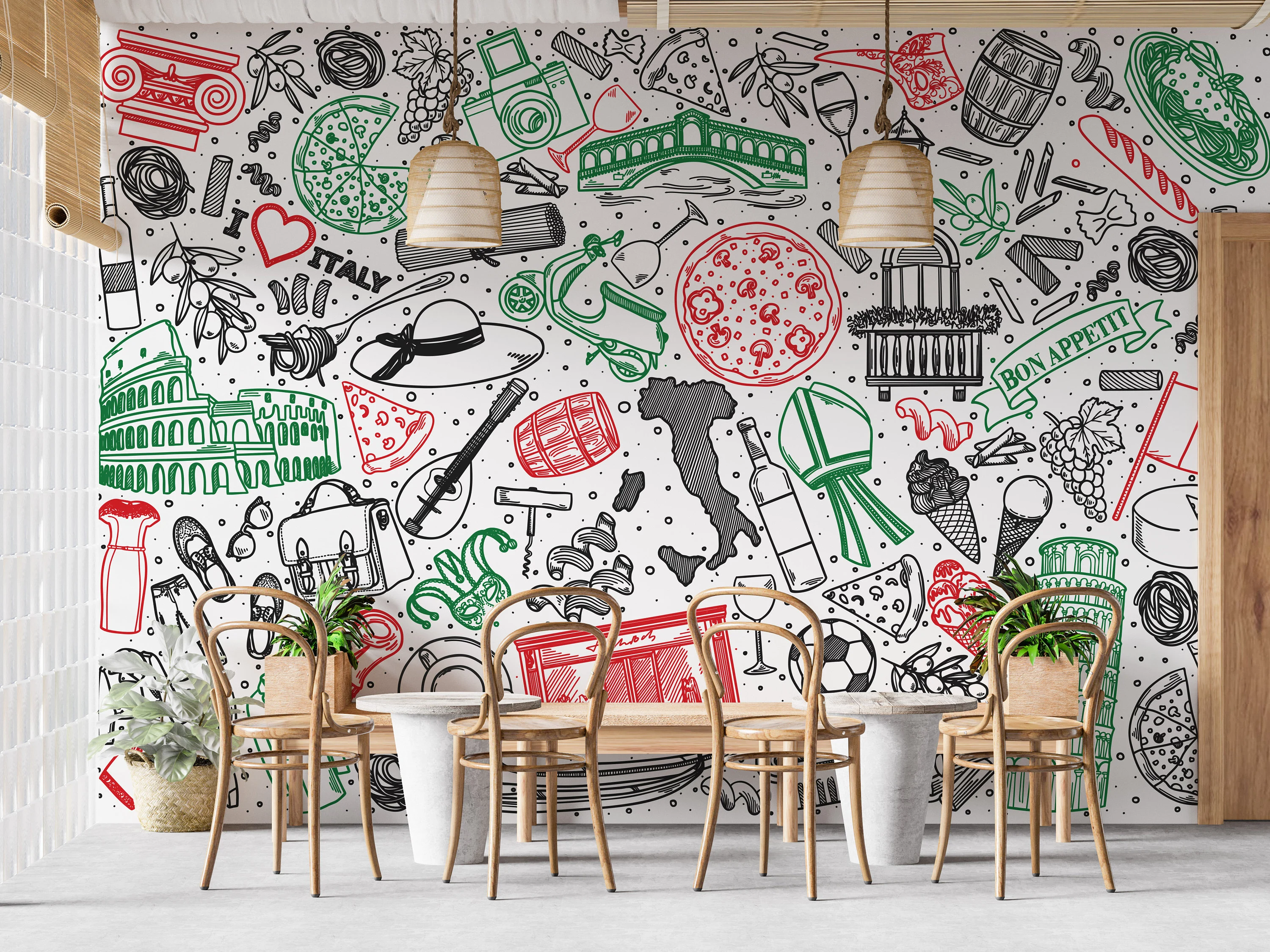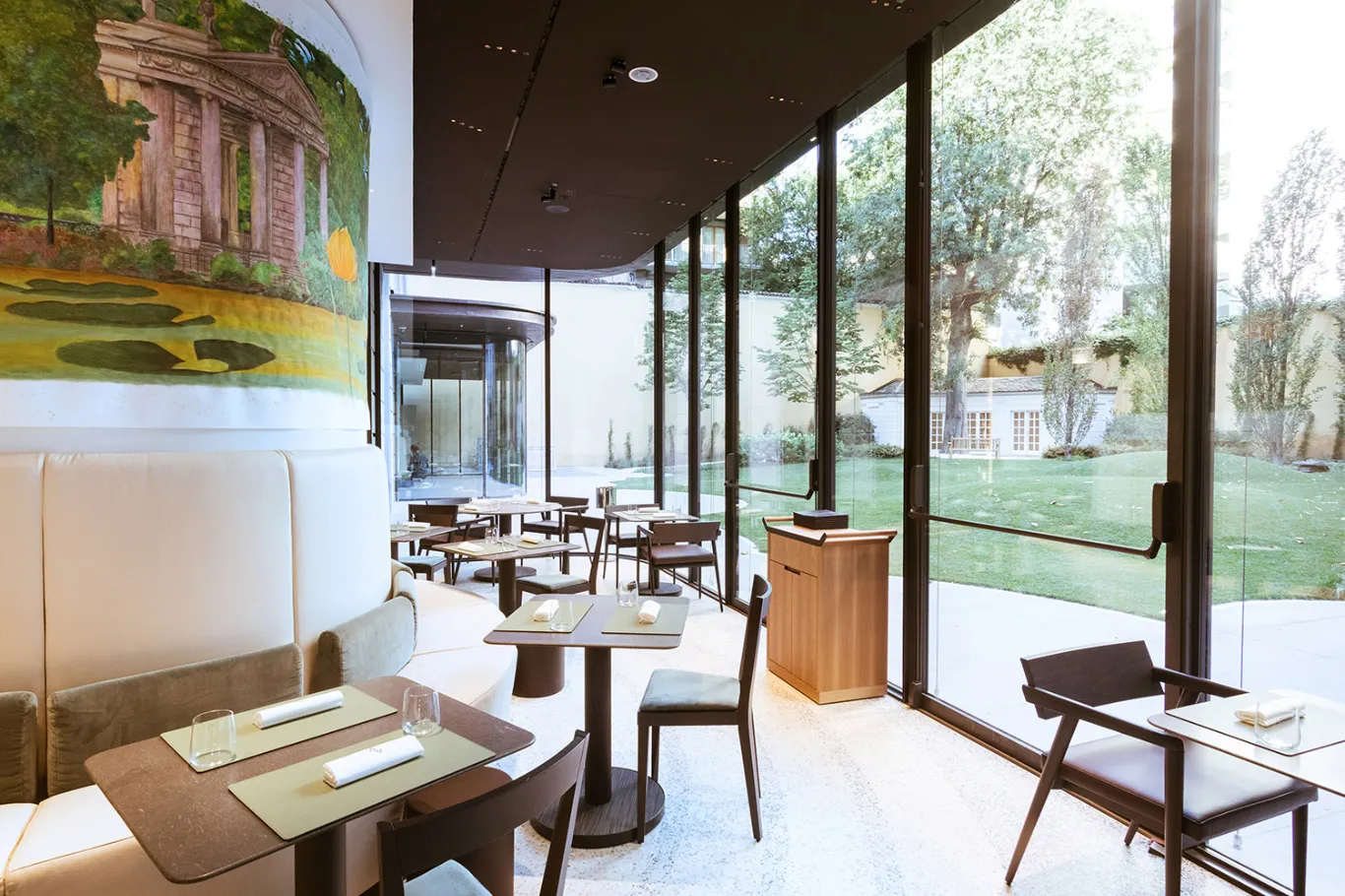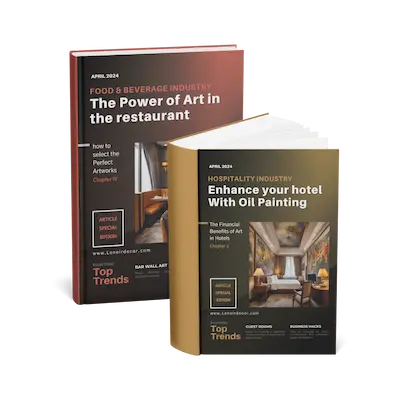In 21st-century society today, oil is still the prime painting medium despite other paints like acrylic painting being faster drying. The world of oil painting art for sale can be both thrilling and perplexing, especially when navigating the intricacies of pricing and turnaround times. Whether you're captivated by the idea of commissioning a custom oil painting, browsing oil paintings for sale, or simply seeking the perfect piece to adorn your walls, understanding what to expect is paramount. This comprehensive guide will demystify the process, empowering you to confidently navigate the art market and make informed decisions.
Decoding the Price Tag: Factors Influencing Oil Painting for Sale Prices
Oiling out may have a use for some to enliven dull areas during the painting process and I have used it in the past but it is no substitute for good technique.. Several key factors contribute to the price of an oil painting for sale. The artist's reputation, established through years of dedicated practice and recognition within the art community, plays a significant role. A renowned artist with a strong exhibition history and critical acclaim will naturally command higher prices than an emerging artist. The steps to determine the value of a painting include finding out who owned the painting before, looking for renowned artists, looking for the artist's original signatures, looking for printer dots with a magnifying glass, checking the condition of the painting, looking for high-quality frames, considering the subject matter, checking the painting medium, considering the canvas, and checking the painting size. The size and complexity of the artwork are also crucial determinants. A large, intricately detailed painting requires significantly more time, effort, and materials than a smaller, simpler piece, thus impacting the final cost. The quality of materials used, from the canvas and paints to the brushes and mediums, also contributes to the overall price. High-quality materials ensure the longevity and vibrancy of the artwork, justifying a higher investment. Finally, the time invested by the artist is a crucial factor. Creating a masterpiece is a labor of love, requiring hours, days, or even weeks of dedicated work. Understanding these elements of art value provides a deeper appreciation for the pricing structure and the artistry involved. Paintings made by renowned artists with historical significance are highly valuable. Some names of famous artists with valuable paintings include Leonardo da Vinci with his famous artwork Mona Lisa, Vincent Van Gogh with his highly regarded Vase with Fifteen Sunflowers and Salvator Mundi paintings, Pablo Picasso with his popular works Les Demoiselles d'Avignon and Guernica, Willem de Kooning with his popular artworks like Interchange, and Paul Cezanne for his famous human depiction called The Card Players. In fact, His Last Supper (1495-98) and Mona Lisa (15-03) are some of the most iconic and influential paintings within the Renaissance period, and their impact is still just as powerful today. Titan was one particularly famous artist from the time, whose art specifically exhibits this change in composition and style.
Artwork Styles: From Classic to Contemporary, and Their Impact on Cost
Artists recognized that oil paint produced a higher color saturation and opacity and also gave them the ability to add greater depths to paintings By the mid-15th century, early Netherlandish painters such as Van Eyck rose to huge popularity, influencing many other Italian and Northern European artists with his paintings which were under painted with the original egg tempera and finished with layers of oil paints. Traditionally artists used rabbit skin glue, be warned if you want to give this a go as we did at art college; it is very, very, smelly, as to apply it, you have to warm it up. The diverse world of artwork styles significantly influences pricing. Realism, with its emphasis on meticulous detail and accurate representation, often requires extensive technical skill and time, potentially leading to a higher price point. Impressionism, characterized by its focus on capturing fleeting moments and light effects, may involve a more spontaneous approach but still demands mastery of color and composition. From eye-catching signs to creative artwork, neon brings bold ideas to life in a way that's impossible to ignore. While watercolor paints excel in creating ethereal, layered landscapes and portraits, acrylics stand out for their versatility, quick drying, and bold colors, so they are ideal for textured, durable artworks. Abstract art, while sometimes perceived as simpler, can delve into complex conceptual themes and require a profound understanding of form, color, and texture. Even within abstract art, there's a wide range of styles, each with its own level of complexity. Consider the specific artwork style that resonates with you when budgeting for your custom artwork prints or original oil paintings. Researching artists specializing in your preferred style will give you a better understanding of their pricing practices. This brittleness can lead to cracking, especially when the paint layer is restrained by a dimensionally stable substrate." This archival resilience has made oil paintings among the most prized, highly-valued pieces for collectors and institutions.
Unleashing Your Creativity: Artwork Ideas and Commissioning a Custom Piece

Commissioning a custom oil painting is a unique opportunity to bring your personal artwork ideas to life. An art commission is the process of paying a professional artist and giving them personalized ideas or instructions for creating custom and creative artwork. Clever oil painters use this to their advantage, emphasizing traditional techniques and a medium that has been proven to last for centuries. This personalized approach allows for a collaborative dialogue with the artist, where you can discuss your vision, desired size, preferred style, and specific subject matter. Sight-size – a painting technique where the key idea is that your eye needs to see both the canvas and the subject in one glance, so they both appear the same size. The style of the landscape does look about right for the late 19th century. Whether it's a portrait of a loved one, a landscape capturing a cherished memory, or an abstract representation of your emotions, a custom piece becomes a deeply personal and meaningful work of art. Open communication is vital throughout the commissioning process. Sharing clear references, providing constructive feedback, and discussing your budget upfront will ensure the artist accurately captures your vision and that you are satisfied with the final result. Be prepared to pay a premium for this personalized service, as it involves a significant investment of the artist's time and talent. Painting, on the other hand, emphasizes color and texture to add depth, using tools like soft brushes, dry brush, brush shape and palette knives with mediums such as oil, acrylic, and watercolor. Get tips on choosing the right brush based on your artwork, medium compatibility, and brush shape.
The Elusive Nature of Art Value and Painting of Value

Determining what is valuable in art is a complex and subjective endeavor. It encompasses tangible aspects like art materials, technique, and painting size, as well as intangible factors like emotional impact, historical significance, cultural context, and the artist's reputation. A painting of value might hold personal significance for the buyer, evoking cherished memories or representing a particular period in their life. This personal connection adds another layer to its perceived worth, often transcending its objective market value. Researching the artist's background, past exhibitions, and critical reviews can provide valuable insights into their work and potential for appreciation. Understanding the nuances of value in art will empower you to make informed decisions when acquiring artwork. Acrylic painting offers fast drying times and vibrant colors, perfect for beginners using versatile techniques like layering, pouring, and dry brushing. So some paints are fast dryers (such as Burnt umber) and others are slow drying (Ivory black). Explore acrylic painting with versatile techniques on canvas, wood, and more, featuring themes like vibrant colors of sunset, animal portraits, and abstract seascapes. Create a couple of paintings by choosing a pair of canvases, gather supplies like acrylic paints, brushes, and canvases. Portrait paintings can be extremely valuable if they have historical significance or feature a famous individual. Portrait paintings of historical figures are considered to be the most expensive as they depict an ancient human's facial features and expressions and can sometimes convey strong messages. Canvas oil paintings have vibrant colors or bold colors, flexibility for corrections, and long-lasting durability, but they are more expensive and require more setup. Whether you're a first-time investor or already have experience buying and selling art, it's important to weigh the pros and cons of canvas oil paintings before making a decision. By the end, you should have a better understanding of whether or not canvas oil paintings are right for you.
Oil Paintings for Sale Antique: A Journey Through Time

Oil paintings for sale antique offer a unique glimpse into art history. These pieces carry a certain mystique, imbued with the stories of past owners and the artistic styles of bygone eras. However, acquiring antique paintings requires careful consideration. Condition is paramount, as years of exposure to various environmental factors can take their toll. Restoration costs can significantly impact the overall investment, so it's essential to assess the painting's condition thoroughly before making a purchase. Provenance, the painting's history of ownership, adds significant value, especially if it can be traced back to a notable collector or historical event. Authenticity is another critical factor. The expert appraisal is highly recommended to ensure you're purchasing a genuine antique and not a later imitation. A landscape painting can be valuable due to its scenic beauty or the message it conveys. Discover popular landscape painting concepts such as starry nights, tropical moonrises, and snowy walks. The prices can also depend on the color depth and the amount of emotional elements in the painting that may convey a message. The diversity and beauty of nature have been one of the strongest sources of inspiration for artists in various fields; reading, because the heroes of books often have a strong emotional impact on us.
Custom Artwork Prints: A More Accessible Option

Custom artwork prints offer a more accessible way to enjoy your favorite artwork. Modern printing technologies allow for high-quality reproductions of original paintings, capturing the nuances of color and texture. The turnaround time for custom artwork prints is generally faster than for original paintings, as the printing process is more streamlined. However, the turnaround time can still vary depending on factors like the printing method, the size of the print, the type of paper or canvas used, and the printing company's workload. Discuss the estimated timeframe with the printer before placing your order to avoid any unexpected delays. For oil paints, the binder is usually cold-pressed Linseed oil. (For egg tempera painting, the binder is an egg, yes, egg!) Bloom – a dull, progressively opaque, white effect that can appear on varnished surfaces if the paintings are kept in damp conditions. Egg tempera painting – egg (either whole, yolk or white) can be used as a pigment binder. Often, the initial stain of color painted on the ground is left visible in areas of the finished painting. Varnish – a final layer that can be applied to a finished painting. There is no sense in covering all areas of the painting with another layer of paint just to comply with the technology. Direct painting usually has fewer problems later than oil paints in layers. Direct painting, also called alla prima, is the most stable way to paint.
The Art of Patience: Turnaround Time for Custom Oil Painting Commissions
Commissioning a custom oil painting is a journey that requires patience and understanding. The artist needs adequate time to fully grasp your vision, develop preliminary sketches, and meticulously execute the final piece. The size and complexity of the painting, the artist's current workload, and the natural drying time for oil paints all influence the overall turnaround time. Oil paints can take weeks or even months to fully dry, depending on the thickness of the paint and the environmental conditions. Rushing the drying process can compromise the painting's longevity and vibrancy. Open and consistent communication with the artist throughout the process is crucial. Regular updates on the painting's progress will keep you informed and allow for any necessary adjustments along the way.
Value in Art Examples: From Masterpieces to Personal Treasures
Value in art examples spans a vast spectrum, from multi-million dollar masterpieces displayed in prestigious museums to affordable prints that hold sentimental value. A print may not possess the same monetary art value as an original oil painting, but it can still hold immense personal value, evoking cherished memories or representing a significant moment in your life. When considering value in art examples, it's essential to consider your personal connection to the artwork, your budget, and your aesthetic preferences.
Budgeting for Your Art Acquisition: Setting Realistic Expectations
Before embarking on your art acquisition journey, it's crucial to establish a realistic budget. Consider not only the purchase price of the artwork but also potential additional costs, such as framing, shipping, insurance, and appraisals (especially for antique pieces). If you're commissioning a custom piece, discuss payment terms with the artist upfront. Some artists may require a deposit to begin work, while others may offer payment plans. Having a clear budget in mind will help you narrow your search and avoid overspending. Boasting a collection of paintings, sculptures, and exquisite glass pieces, the gallery hosts several exhibitions each year plus a biennial glass invitational that attracts top-notch talent.
Caring for Your Investment: Preserving Your Oil Painting
Once you've acquired your cherished oil painting, proper care is essential to preserve its beauty and longevity. Avoid placing the painting in direct sunlight or areas with high humidity, as these conditions can damage the paint and canvas. Regularly dust the painting with a soft, dry cloth to remove any surface dirt. For more thorough cleaning, consult a professional art conservator. Proper framing is also crucial to protect the painting from physical damage. Picking the right painting size can make all the difference in how your artwork looks and feels.
Navigating the Oil Painting for Sale Market with Confidence
Whether you're drawn to the allure of oil paintings for sale, the historical charm of oil paintings for sale antique, or the personalized touch of custom artwork prints, thorough research and due diligence are essential. Just like in real estate, a gallery's location can make all the difference. Compare prices from different galleries and artists, understand the factors that influence value, and communicate clearly with the artist or seller. By taking these proactive steps, you can confidently navigate the art market and discover the perfect piece that resonates with your soul and enriches your life. Remember, acquiring art is not just a financial transaction; it's an investment in beauty, creativity, and personal expression.






